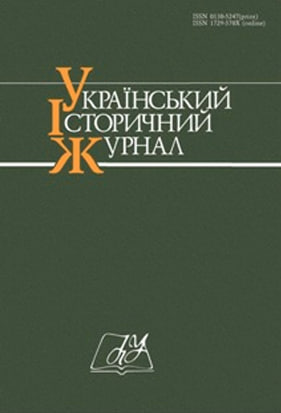Portraits of Women of the 16—18th Centuries As an Object of Iconographic Research
DOI:
https://doi.org/10.15407/uhj2025.02.136Keywords:
portraits of women, source studies, special historical research, iconography, image sources, information potential, Polish-Lithuanian Commonwealth, HetmanshchynaAbstract
The aim is to demonstrate portraits of women of the second half of the 16—18th centuries as a pictorial type of historical sources, the importance of their systematisation and classification, as well as their information capabilities to experts in special historical disciplines, as well as social history, history of everyday life, and art history.
The methodology is based on the source study approach. The methods of practical heuristics, retrospection, comparison, iconographic, visual and prosopographic, and other methods of special historical disciplines were used in the process of studying the selected range of sources.
The scientific novelty is that for the first time, the article analysesa group of portraits of women created from the late Renaissance to early Classicism both on the right and left banks of present-day Ukraine, which during this period were part of different state formations, the author suggests ways of their systematisation and classification, reveals the peculiarities of individual paintings of representatives of the Cossack officers of the 17—18th centuries; and demonstrates the information capabilities of these historical sources in general.
The results of the study demonstrate the ways of systematisation (by territorial principle, by ethnic origin of the masters, by social origin of the portrayed; size, shape, material) and classification (by purpose, function, and composition) of portraits as visual sources; their characteristic structural elements and information potential in both special historical and general historical contexts.


